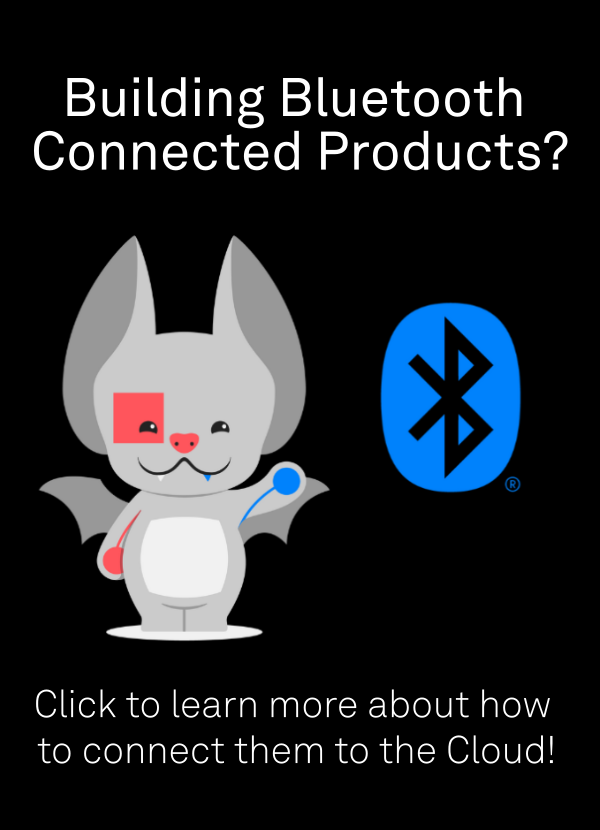Troubleshooting high complexity systems like Zephyr requires more thorough tools. Menuconfig allows users to see the layers of their system and adjust settings without requiring a complete system recompilation.
The troubleshoot loop
Modify, compile, test.
Modify, compile, test.
Modify, compile, test.
Modify, compile, test.
How do we break out of this loop of trying to change different settings in a program, recompiling the entire thing, and then waiting for a build to finish? Sure, there are some tools to modify things if you’re step debugging, such as changing parameters in memory. But you can’t go and allocate new memory after compiling normally. So what happens when you need to change things? You find the #define in the code, change the parameter, and recompile. What a slow process!
Moving up the complexity stack
We move up the “complexity stack” from a bare-metal device to running a Real Time Operating System (RTOS) in order to get access to higher level functions. Not only does this allow us to abstract things like network interfaces and target different types of hardware, but it also allows us to add layers of software that would be untenable when running bare-metal firmware. The downside, of course, is that it’s more complex.
When you’re trying to figure out what is going wrong in a complex system like Zephyr, it can mean chasing problems through many layers of functions and threads. It’s hard to keep track of where things are and what is “in charge” when it comes time to change things.
Enter Menuconfig
Menuconfig is a tool borrowed from Linux development that works in a similar way: a high complexity system that needs some level of organization. Obviously, in full Linux systems, the complexity often will be even higher than in an RTOS. In the video below, Marcin shows how he uses Menuconfig to turn features on and off during debugging, including with the Golioth “hello” example. As recommended in the video, new Zephyr users can also utilize Menuconfig to explore the system and which characteristics are enabled and available.

